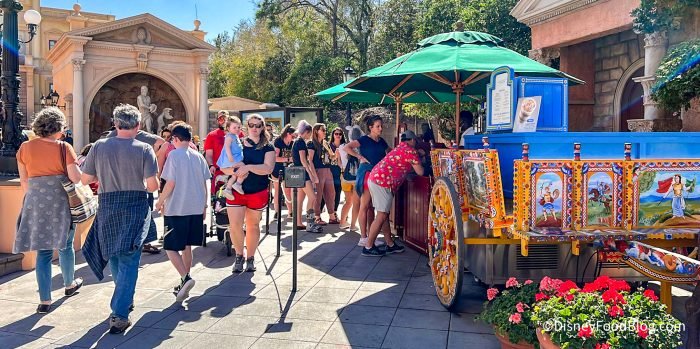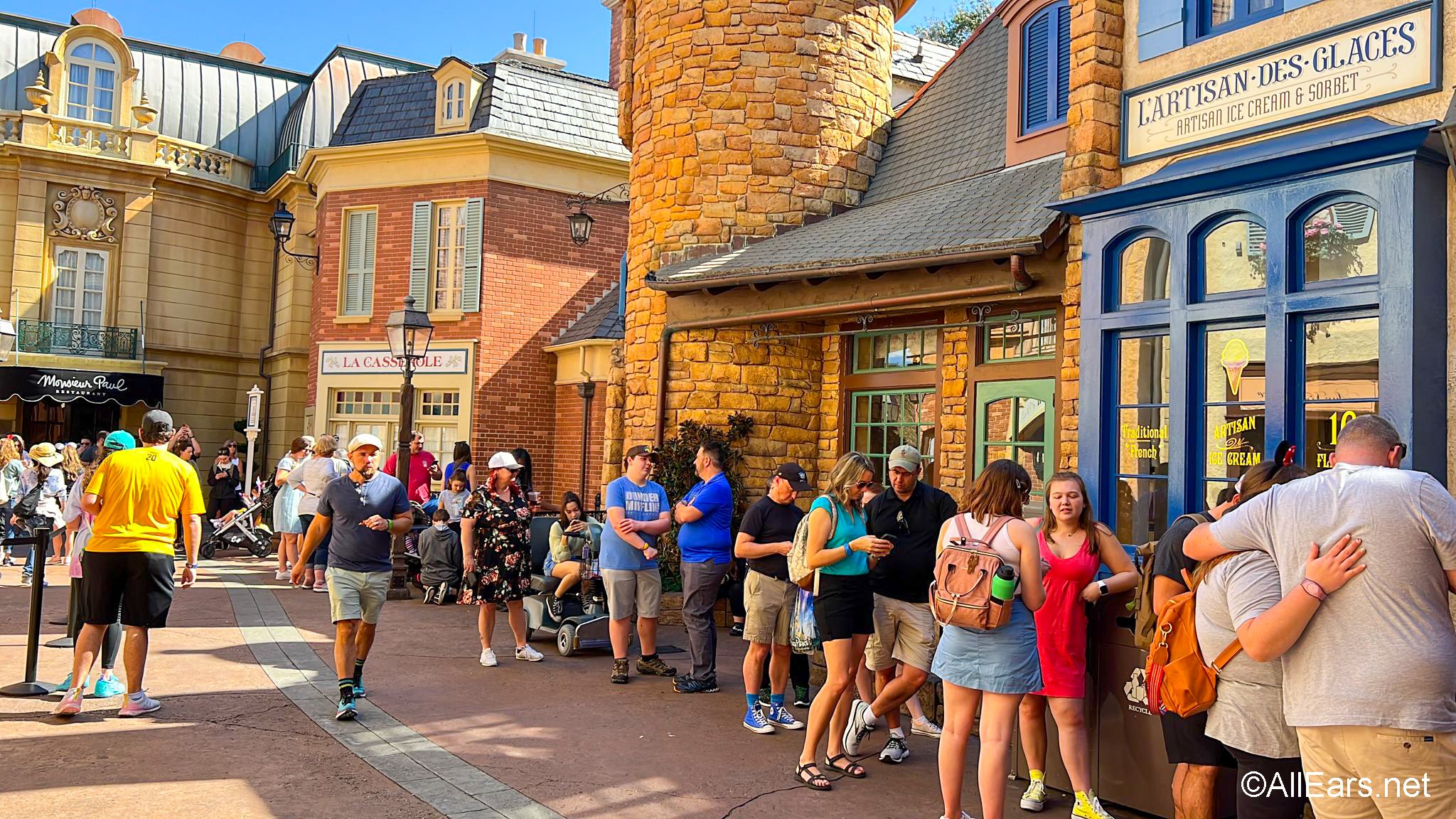There’s An App For That
The family visiting your attraction had lunch, rode more coasters, looked through a few shops, and now they’re hungry again. There are lines at the quick-serve restaurant, so they’re taking advantage of mobile ordering. They click through the menu and make their selections, set a time for pick-up, and head to the counter when their food is ready. As this family shows, mobile food ordering is becoming more common. Let’s check in with PGAV’s Food, Beverage, and Retail (FB&R) study to see what other visitors report about mobile food and retail options in a visitor’s journey through an attraction.
Driving Visitor Satisfaction
The FB&R study showed that 59% of meals purchased on-site were planned. Many people know they’ll be at the attraction all day and need to eat, but some visitors also research their choices in advance. Providing menus online will help satisfy their desire to plan. Additionally, the study showed that while mobile ordering is not a primary motivator for food & beverage decisions, it does help satisfy them. One-third of visitors reported that the ability to mobile order was important.
BUISNESS IMPACT
Mobile ordering represents a strong opportunity: Pairing mobile ordering with the ability to pre-plan meals touches on two key on-site dining themes that emerged from the study.
There are various benefits for visitors to mobile orders, including shortened order time, avoiding line queues, and streamlining the process for the kitchen. “There’s an entire scientific area of study called queuing theory with a bunch of studies that all come to the same conclusion. Guests don’t want to wait in line,” Carissa Baker, Ph.D., Assistant Professor at the Rosen College of Hospitality Management at the University of Central Florida, explains. “Mobile ordering can eliminate lines, so that’s one of the major benefits.”
Additional benefits include the flow of visitors and increased spending. “From the attraction side, mobile ordering can limit demand and keep the space from being overwhelmed. Think of a lunch rush where the space would get very crowded. If at least some people are in a mobile queue, that will help with the physical crowding.” Visitors may take a long time to order in a regular queue, holding up the line behind them. Allowing a visitor more time to order may have additional benefits. Baker says, “Since visitors are ordering at their own pace, they have time to explore the menu. Nobody is pressuring them to keep the line moving, so they have time to find that extra dessert item they wouldn’t find with 100 people in line behind them. It also allows the attraction to offer add-ons at the checkout.”
Mobile food ordering does have some challenges. Baker cautions, “Challenges include the difficulty of allowing for menu customization and substitutions, a constant need to update with specialty or limited-time items, system overloads on crowded days, the cost to implement these systems, the lack of human interaction, and the technology-wary guest who might have anxiety because of the need to use unfamiliar systems.”
For the attractions that may feel overwhelmed by adding mobile ordering, it’s important to take a step back and evaluate if it’s really needed. Evaluating bottlenecks, long lines, and the ability to staff can help determine if mobile food ordering is the right choice. Attractions should also seek vendors that can help. Baker says, “You don’t do this alone. Attractions need to hire the right vendor and ensure that vendor has a product that fits the needs of the attraction.”
“Food and beverage are now an essential part of the experience. And since it is an essential part of the experience, the guests might see ordering as something where they might still want human interaction. And they want a good experience. The good news about automation is that it tends to increase efficiency, which is essential in attractions. And efficiency is also guest service. Most attractions are still very much tied to the hospitality industry. And part of hospitality is the human element. I think the easiest way is to make mobile ordering an option and encourage its use, but at least have a limited standby queue.” Carissa Baker
Retail
On the way out of the park, the family stops at the shop, scans the barcode on a few t-shirts, shows the QR code to the attendant at the door, and is on their way. But after returning home, one of the kids remembered something they absolutely-had-to-have but forgot to buy while they were there. They go to the attraction’s website to see if they can find it—but it isn’t available. Let’s look at what the FB&R study discovered about mobile retail.
Quality and affordability are the biggest drivers of purchase, but attractions can look at the digital impacts once those factors are satisfied.
More than one-third of attraction visitors indicated online ordering was an important variable for shopping.
More than a quarter (28%) of attraction visitors say they have made an online purchase from an attraction they recently visited.
The availability of online ordering for shopping showed a positive impact on merchandise spending.
Nearly one-third say they tried to make a purchase online, but the attraction either didn’t have merchandise available online at all or didn’t have the merchandise they were looking for.
Baker says, “The negatives can be the same, including needing the app and attaching a credit card, less human interaction, harder to do inventory management, more difficult for guests to pick out the right item (for products with minute differences such as plush or for apparel that needs to be sized), and staffing required for the new process. However, the positives can also be similar, with increased convenience and less time and friction. I also think about how a few years ago, the idea of parks going cashless would have been unheard of, but now several parks are cashless. Guest behavior will continue to evolve.”
NEED MORE IDEAS?
If your mobile food ordering and mobile retail are in the same app (and they should be), can they work together? Tie in creative themes like sippers, ice cream cups, or popcorn buckets to food purchases.
What about sale kiosks throughout the park? Visitors scroll through and use a QR code to add it to the cart in their app. They’ll pick up their merchandise at package pickup or have it delivered straight to their room.
With all this mobile food and retail, you may also want to offer a few more charging stations… or the chance to buy a phone charger.
Reinvention is more fun with friends. Got a topic you want to see on Destinology?
Email us at destinology@pgav.com or start a conversation on Facebook, Twitter on LinkedIn.
Tap the buttons below.








